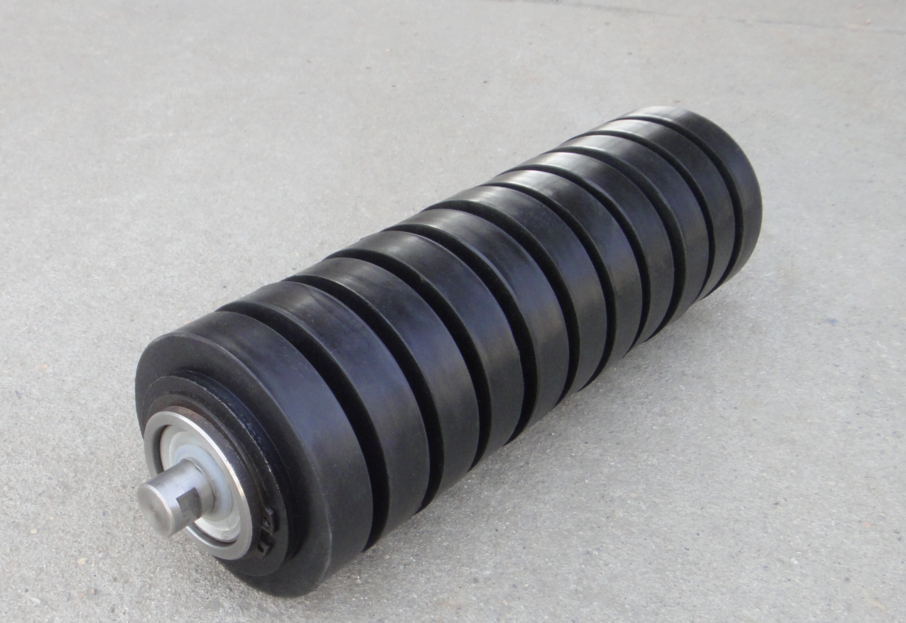 Afrikaans
Afrikaans  Albanian
Albanian  Amharic
Amharic  Arabic
Arabic  Armenian
Armenian  Azerbaijani
Azerbaijani  Basque
Basque  Belarusian
Belarusian  Bengali
Bengali  Bosnian
Bosnian  Bulgarian
Bulgarian  Catalan
Catalan  Cebuano
Cebuano  Corsican
Corsican  Croatian
Croatian  Czech
Czech  Danish
Danish  Dutch
Dutch  English
English  Esperanto
Esperanto  Estonian
Estonian  Finnish
Finnish  French
French  Frisian
Frisian  Galician
Galician  Georgian
Georgian  German
German  Greek
Greek  Gujarati
Gujarati  Haitian Creole
Haitian Creole  hausa
hausa  hawaiian
hawaiian  Hebrew
Hebrew  Hindi
Hindi  Miao
Miao  Hungarian
Hungarian  Icelandic
Icelandic  igbo
igbo  Indonesian
Indonesian  irish
irish  Italian
Italian  Japanese
Japanese  Javanese
Javanese  Kannada
Kannada  kazakh
kazakh  Khmer
Khmer  Rwandese
Rwandese  Korean
Korean  Kurdish
Kurdish  Kyrgyz
Kyrgyz  Lao
Lao  Latin
Latin  Latvian
Latvian  Lithuanian
Lithuanian  Luxembourgish
Luxembourgish  Macedonian
Macedonian  Malgashi
Malgashi  Malay
Malay  Malayalam
Malayalam  Maltese
Maltese  Maori
Maori  Marathi
Marathi  Mongolian
Mongolian  Myanmar
Myanmar  Nepali
Nepali  Norwegian
Norwegian  Norwegian
Norwegian  Occitan
Occitan  Pashto
Pashto  Persian
Persian  Polish
Polish  Portuguese
Portuguese  Punjabi
Punjabi  Romanian
Romanian  Russian
Russian  Samoan
Samoan  Scottish Gaelic
Scottish Gaelic  Serbian
Serbian  Sesotho
Sesotho  Shona
Shona  Sindhi
Sindhi  Sinhala
Sinhala  Slovak
Slovak  Slovenian
Slovenian  Somali
Somali  Spanish
Spanish  Sundanese
Sundanese  Swahili
Swahili  Swedish
Swedish  Tagalog
Tagalog  Tajik
Tajik  Tamil
Tamil  Tatar
Tatar  Telugu
Telugu  Thai
Thai  Turkish
Turkish  Turkmen
Turkmen  Ukrainian
Ukrainian  Urdu
Urdu  Uighur
Uighur  Uzbek
Uzbek  Vietnamese
Vietnamese  Welsh
Welsh  Bantu
Bantu  Yiddish
Yiddish  Yoruba
Yoruba  Zulu
Zulu Understanding the Functionality and Design of Conveyor Belt Drive Rollers for Efficient Material Handling
The Importance of Conveyor Belt Drive Rollers
Conveyor belt systems are pivotal in modern industries, enabling the efficient transport of materials across various sectors, from manufacturing to logistics. At the heart of these systems are conveyor belt drive rollers, which play a crucial role in the overall functionality and efficiency of the conveyor system.
Understanding Conveyor Belt Drive Rollers
Conveyor belt drive rollers, also known as drive pulleys or drive drums, are the components responsible for moving the conveyor belt. These rollers are typically found at the end of the conveyor system and are essential for ensuring the belt is effectively driven forward. Drive rollers are powered by electric motors, which apply torque to the roller to initiate movement. The construction of these rollers is critical; they are often made from robust materials like steel or PVC, designed to withstand the constant friction and stresses associated with continuous operation.
Key Functions
The primary function of conveyor belt drive rollers is to propel the belt forward. However, their role extends beyond mere movement. They ensure that the belt maintains proper tension and alignment, reducing the risk of slippage or misalignment that could disrupt the entire operation. The efficient functioning of drive rollers is vital to minimize downtime, which can lead to significant financial losses in a production environment.
Additionally, drive rollers assist in load distribution across the conveyor belt. When heavy materials are transported, the design of the drive roller can help distribute that weight evenly across the belt, preventing undue stress on any single point. This function helps prolong the lifespan of the conveyor belt and reduces the maintenance needed over time.
Types of Drive Rollers
There are several types of drive rollers, each designed for specific applications. Some common types include
conveyor belt drive rollers

1. Smooth Drive Rollers These are typically used in applications where the material being transported is light and does not require a significant amount of traction. 2. Textured Drive Rollers Featuring a textured surface, these rollers are ideal for transporting heavier materials as they provide enhanced grip, preventing slippage.
3. Lagged Drive Rollers These rollers have a layer of material (typically rubber) on the surface, offering better traction and increasing the friction necessary to move heavy loads efficiently. Lagging is particularly beneficial in wet or slippery environments.
4. Motivated Drive Rollers In modern applications, powered rollers that are driven by their own motors are becoming more common. These are useful in specialized systems, such as those used in warehousing or distribution, where precision and control are paramount.
Maintenance and Optimization
Proper maintenance of conveyor belt drive rollers is essential for sustainable performance. Regular inspections should be conducted to check for wear and tear, proper alignment, and tension adjustments. Lubrication of moving parts is also necessary to reduce friction and prolong the life of the rollers.
To optimize system efficiency, operators can consider upgrading to higher-quality rollers or integrating technology such as sensors that monitor roller performance in real time. Such innovations can lead to enhanced production rates and reduced energy consumption, representing significant cost savings over time.
Conclusion
In conclusion, conveyor belt drive rollers are more than just mechanical components; they are the backbone of efficient material handling systems. Understanding their functionality, types, and maintenance requirements is essential for any organization reliant on conveyor systems for their operations. Investing in high-quality rollers and their upkeep not only boosts overall productivity but also ensures longevity and reliability in material transport processes. In today's competitive industrial landscape, effective management of conveyor systems can provide significant advantages, making the role of drive rollers indispensable.
-
Revolutionizing Conveyor Reliability with Advanced Rubber Lagging PulleysNewsJul.22,2025
-
Powering Precision and Durability with Expert Manufacturers of Conveyor ComponentsNewsJul.22,2025
-
Optimizing Conveyor Systems with Advanced Conveyor AccessoriesNewsJul.22,2025
-
Maximize Conveyor Efficiency with Quality Conveyor Idler PulleysNewsJul.22,2025
-
Future-Proof Your Conveyor System with High-Performance Polyurethane RollerNewsJul.22,2025
-
Driving Efficiency Forward with Quality Idlers and RollersNewsJul.22,2025





























